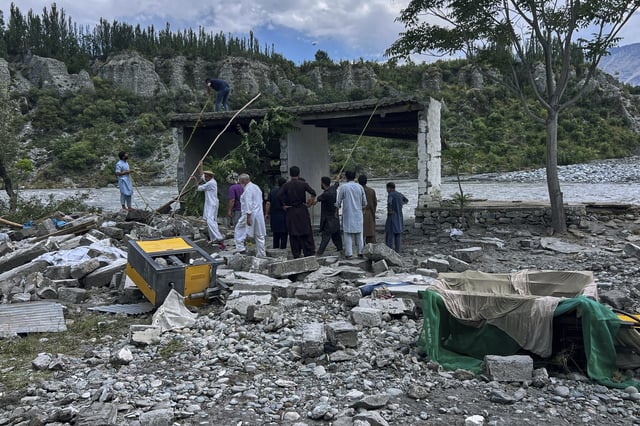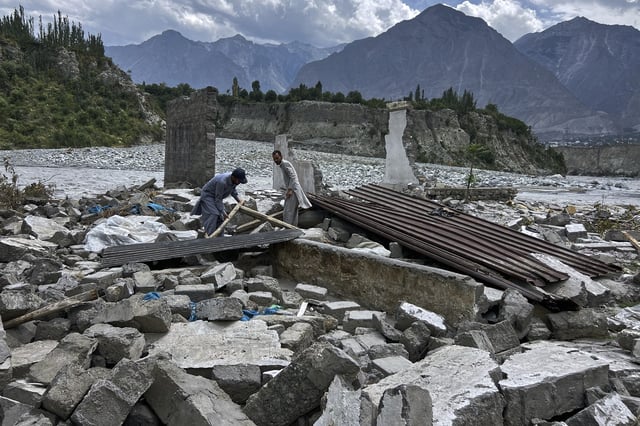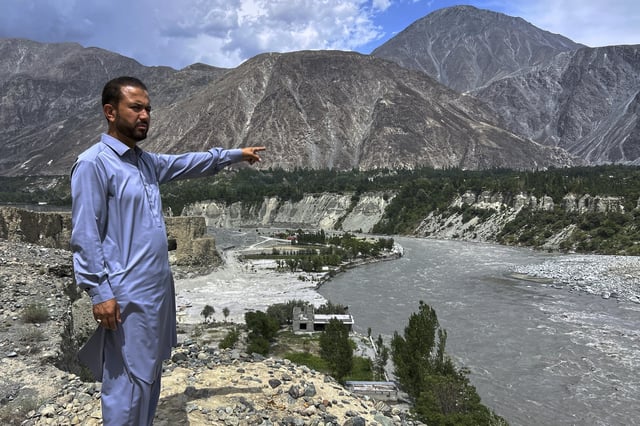Overview
- World Weather Attribution analysis found June 24–July 23 monsoon rainfall in Pakistan was 10–15% heavier because of human-driven warming.
- Pakistan’s meteorological department recorded July rainfall 36% above last year’s levels.
- Government data report at least 300 fatalities and damage to more than 1,600 homes, with collapsing structures causing over half of the deaths.
- Rapid urban growth has pushed half of Pakistan’s urban population into fragile settlements where floodwaters trigger deadly building collapses.
- United Nations officials warn current loss-and-damage funds cover only a fraction of needs and call for investments in resilient infrastructure and renewable energy.



